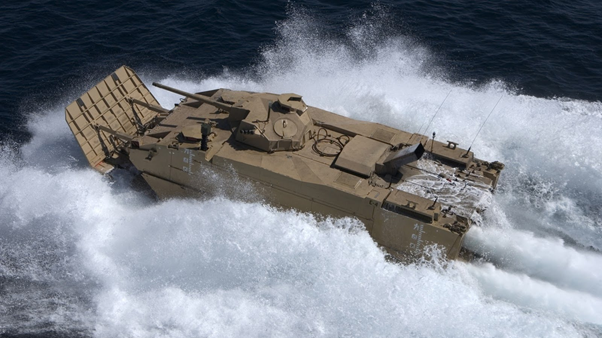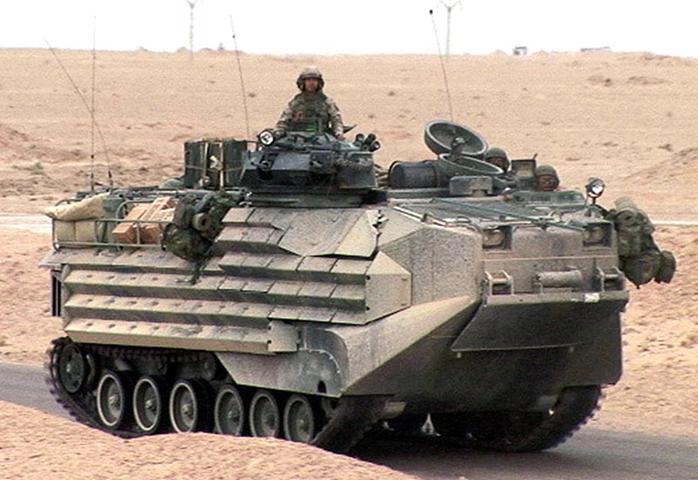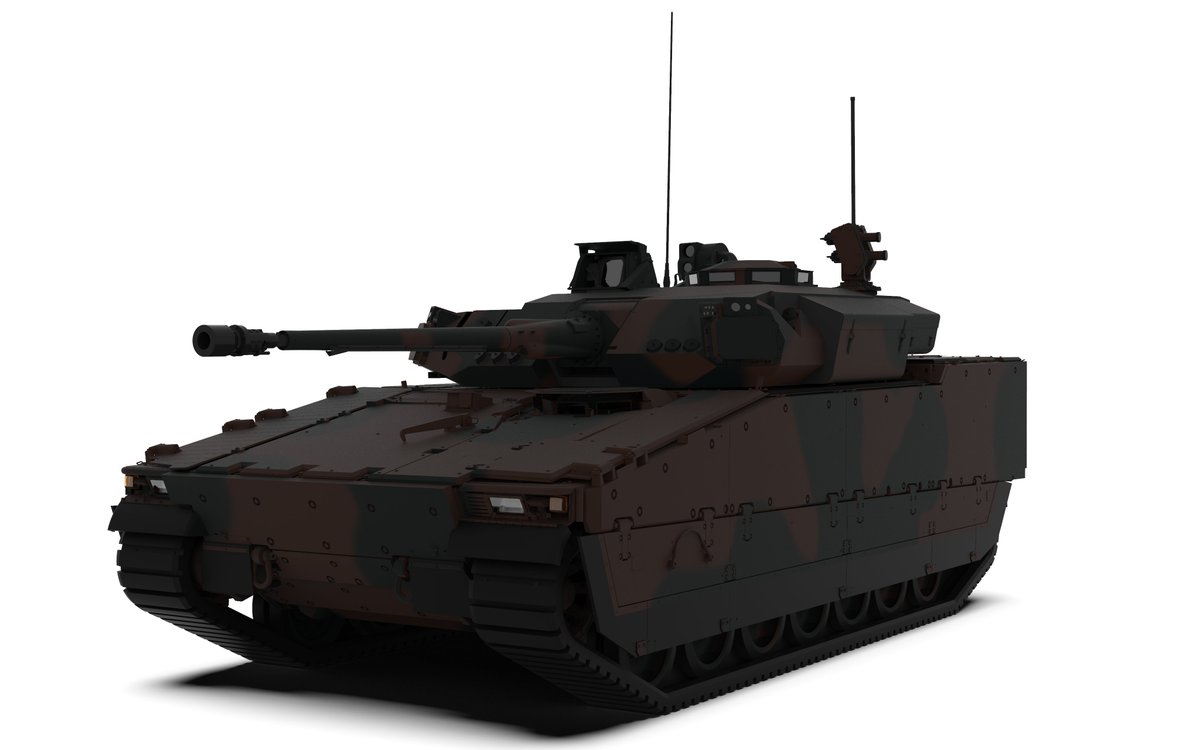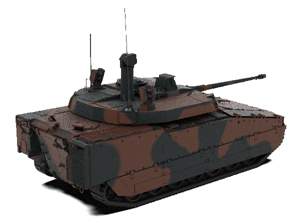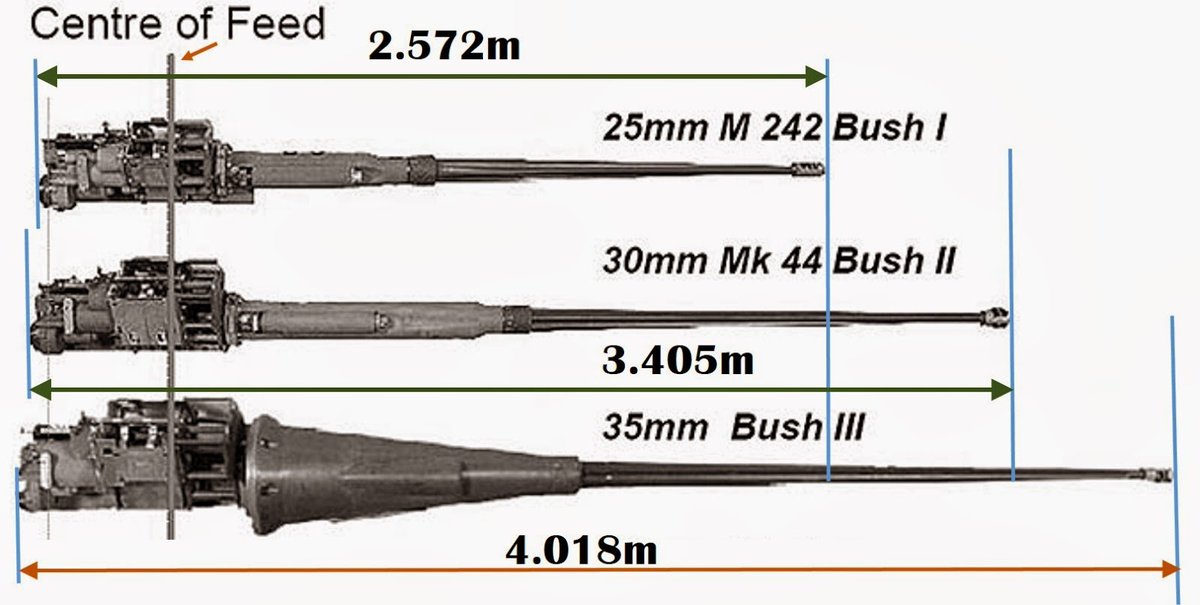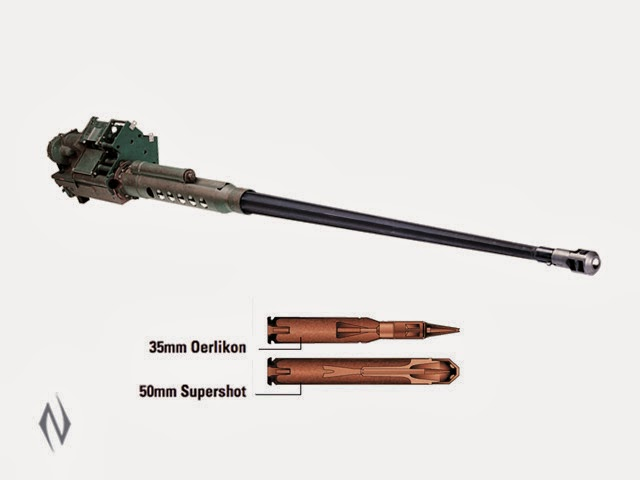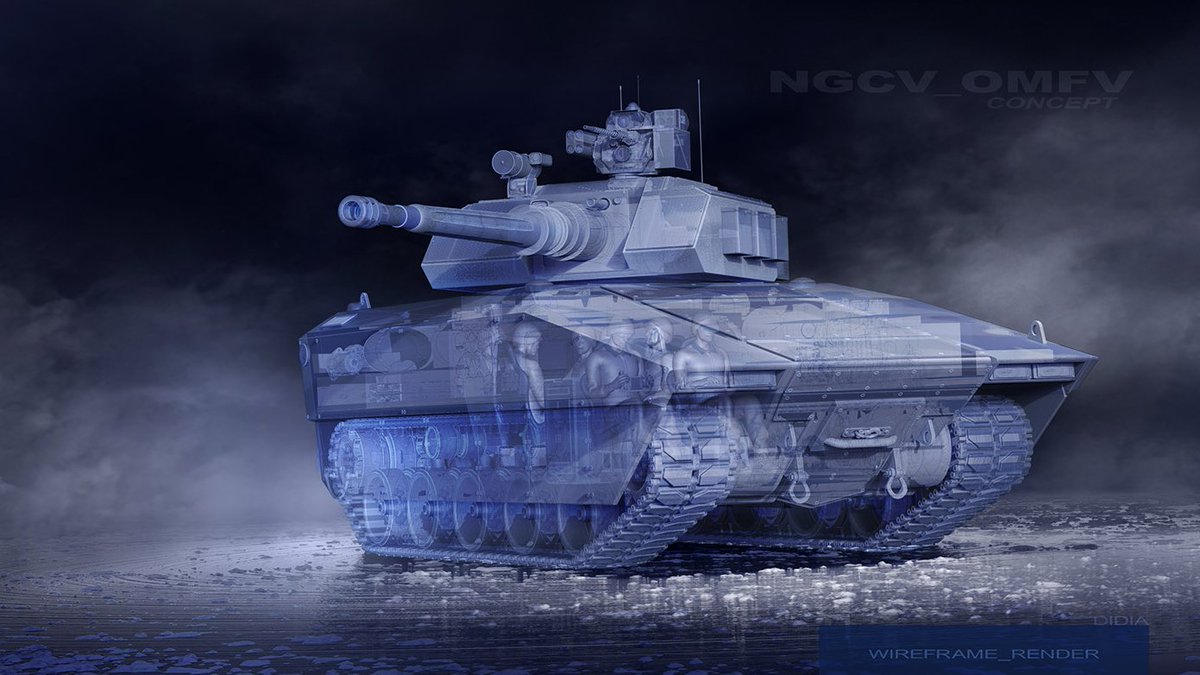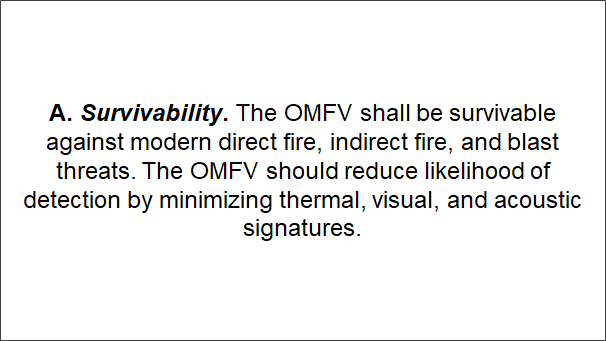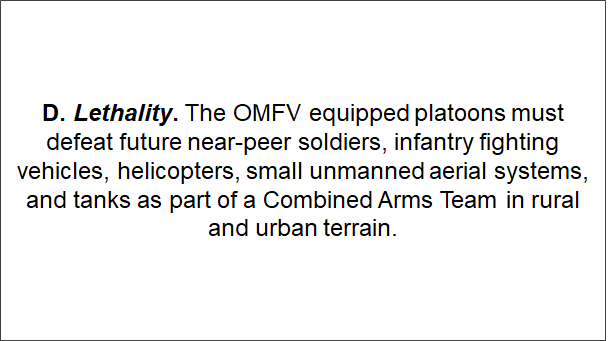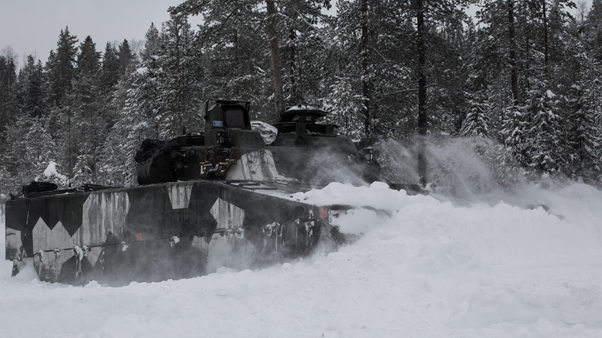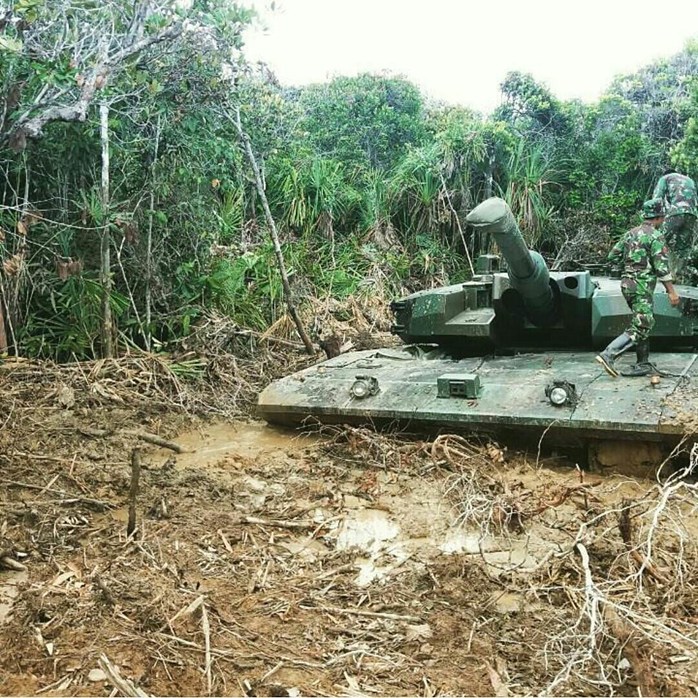
APS are a step change capability in the world of protection, offering high probability defence against ATGM and RPG threats. However, reliable defence against kinetic energy APFSDS long rod penetrators remains challenging. A thread on why #miltwitter #tanktwitter
A successful APS defeat is the result of a sequence of key events – detection, tracking, intercept. Each of these is uniquely challenging when facing an APFSDS threat compared with an ATGM or RPG. 

Detection of the APFSDS launch against the host platform is straightforward - optical sensors can detect the substantial infrared and thermal flare from a tank gun firing, and due to APFSDS being direct fire line of sight weapon it will always be in view of the defended platform 

However optical sensors looking for fleeting light and thermal flares like this are highly susceptible to false alarms, and so can only be used as an indication of a potential threat and a radar still needs to acquire the projectile to confirm its existence.
The system needs to therefore find and track the projectile in flight. Where an ATGM like a Kornet travels at c. 250m/s and has a body diameter of 160mm, a typical APFSDS rod is travelling at c. 1,800m/s and is just 35mm in profile. 



The resultant radar cross section is very small – perhaps 27x times smaller (c. 0.08m² vs 0.003m²)- and so detection and suitably high-fidelity tracking is only possible in last few hundred meters of the platform, giving no more than 250ms to achieve a defeat. 

Time is critical. 250ms to calculate intercept, identify appropriate effector, slew launcher, fire projectile, projectile travel requisite distance, explosion to occur, for blast or frag to have effect on the threat projectile, and projectile to break up or yaw. In 250ms.
That bounds available time to respond. But the system also has to actually be able to work that fast. Here a chart showing how a slow time of 300ms to carry out a response results in hugely increased min engagement range. R&D focus therefore is always on shortening that time 

Assume it was spotted and tracked, now comes intercept. For deployed APS, that is systems which fire a projectile at the threat (e.g. Trophy, Iron Fist etc) there needs to be a very high fidelity calculation to ensure projectile arrives at correct position relative to the threat 

Some systems like Trophy are seeking to hit the threat with its own projectiles. Others like iron Fist (pictured) are seeking to pass in close proximity to the threat in order to detonate alongside and hit the threat with a blast/frag type effect.
However, the APFSDS rod is travelling c. Mach 5 and APS effector a leisurely subsonic speed. With threat able to approach from all aspects but effector being fired from fixed point on the vehicle, angle/speed differentials mean tiny errors in tracking can result in big misses 

Assuming all this went well, the challenges continue. With ATGM/RPG the APS is readily able to cause massive damage to break the threat projectile apart in flight. APFSDS rods are a wholly different beast.
Common perception is APS seek to break apart the rod as they do with the body of an ATGM/RPG. However being small, extremely dense and travelling at v high velocity the rod is highly resistant to kinetic effect, as its own kinetic energy massively overmatches anything hitting it.
Even if you can break the rod, you’re left with two smaller rods still travelling to the target, either now functioning as a quasi-segmented rod or as two disparate rods and in either case possessing substantial penetration potential.
Objective therefore is not to break the rod but critically damage the stabilising fins on rear of the so that they impart a yaw or other flight control input onto the rod and cause it to rotate off axis or in extremis to divert away from the defended vehicle (latter is unlikely). 

The issues still don’t end, however! A bit like the potential to make life worse with bar armour (see my thread: bit.ly/3h8nZIV), imparting yaw on an APFSDS can make penetration worse for the defended vehicle.
With most AFV utilising sloped armour, a yaw in a downward direction can square the projectile onto the armour face and create an effective reduction in armour thickness. Its still hitting off axis and may snap, but may also have less work to do in getting through 

Thats deployed APS but what of distributed APS like ADS that use a charge on the vehicle to project an “energetic blade” to defeat projectiles? Issues of detection endure and though the technically challenging intercept is avoided, a far larger issue of proximity arises. 

With such systems engaging in final 1m or 2m of the vehicle, they cant hope to yaw the APFSDS rod in that distance so can only seek to break it in two, in which case the earlier issue endures – there are now 2 rods with significant inherent penetration still hitting the vehicle. 

There have been some patents around projecting a very dense projectile upward into the side of an incoming APFSDS rod to shatter it, but none appear to have progressed to viable real world technology 

What does that all mean? APS cant be all things to all threats, and APFSDS in particular are not something APS is inherently good at from a physics perspective. That should be clearly recognised and understood.
Protection should be multifaceted and layered. APS does one thing very well – defeat of ATGM and RPG. So leave it to do that and optimise it for those threats. That then allows you to attune your armour technology to optimise for KE defeat with physical armour 

That would typically be some form of reactive armour designed specifically for APFSDS defeat. Rafael’s presentation on this topic at #IAV2021 used this to segue into their new Armour Shield KE ERA package. Many other options exist 

Manufacturers nonetheless acknowledge that users want a hard kill defeat capability regardless of any of the above, so are pursuing it. Last year Elbit showed Iron Fist imparting yaw onto an APFSDS rod, and Rafael said this year that they are having good progress too /fin 

• • •
Missing some Tweet in this thread? You can try to
force a refresh



